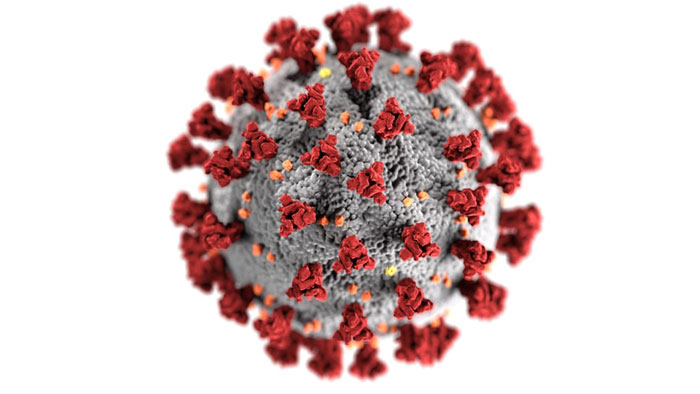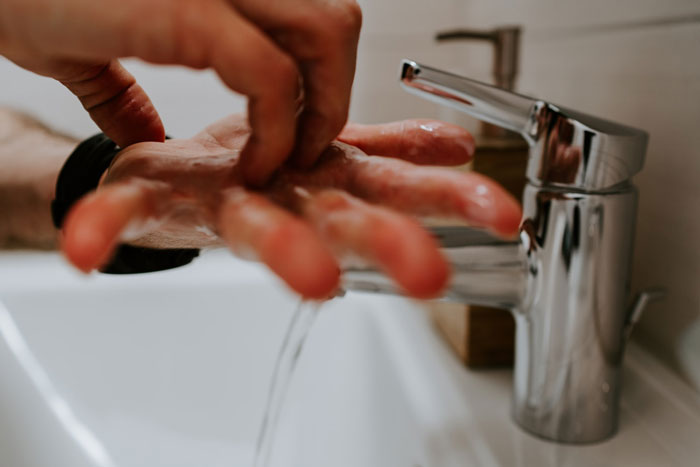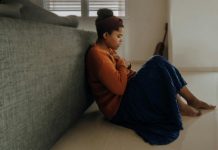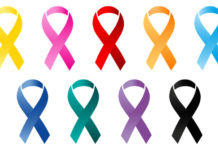To get coronavirus, you need only three points. Of course, you need a person who releases the virus into the environment. And if there are several such people – it’s generally wonderful, if they have shortness of breath, coughing, sneezing. It is even better for the spread of the virus.
It is necessary that viruses leaving the human body accumulate in the air. To do this, you need very little: the size of the room should be as small as possible and that there should be no air from outside. Of course, there should be wrong humidity as well.
In order for the virus to “fly” more than one and a half meters, it is necessary that the air exhaled by a sick person is mixed with other gases or aerosols. Options are smoking (whatever), inhalation, breathing oxygen, etc.
Thus, the places where the risk of infection is the highest and where the likelihood of getting a high infectious dose is the highest are as follows:
In the first place, the intensive care unit – there are several patients plus oxygen flows.
If it has dry air, no intensive ventilation and a small area, this is generally an ideal way to meet 10 infectious doses at once (which, in fact, is confirmed by the mass incidence and death of medical workers).
Next, this should be a room where there are a lot of people, where people are close to each other and the air exchange is minimal: a temple, barracks, a prison cell, a subway car, etc. .. Every single person is at risk here.
The third “place of risk” is any enclosed space where the crowd gathers (a concert, a performance, circus, a congress, a lecture, etc.).
How to reduce the chance of meeting with coronavirus
Coronavirus will leave us alone only when the majority will face it and when the society forms a collective immunity.
This will not happen in winter and spring, and the situation will certainly become less grave in the summer – windows are open, heating is turned off (humidity will normalize), people will meet more often and spend more time outdoors, the door handles will heat up in the sun, the amount of ultraviolet light will increase. In the end, we all will learn how to wash our hands.
However, experts warn than COVID-19 will not disappear without a trace and will come back in the fall. Based on this, efforts should be focused not on the total quarantine in the anticipation of a life-saving vaccine, but on the creation of such a model of the existence of society when situations that provoke the development of severe forms of the disease are excluded.
If there are no crowds in a huge supermarket with a modern ventilation system and there is a distance of 2 meters between people – why not? If there are air vents on the bus and the distance between passengers is respected – why not?
Outdoor terraces, outdoor areas. In general, everything that can be taken outside of the premises must be taken outside.
Everywhere and always – at home, at work, in any space – it is of utmost importance to think about how to ensure the optimal parameters of ventilation, humidity, air temperature, how it is all measured and regulated, how many people should be present on a cubic meter of the area and so on.
One more task is to constantly explain to people (and to understand for ourselves) that air exchange, hand washing and reasonable social distance are much more rational than mass purchase of ventilation devices, experts say.
Of course, we must not forget that there are a huge number of viruses that are much more dangerous than the coronavirus COVID-19. However, no one really knows anything about the “fresh” virus, no medicines and vaccines have been created, and no one has any immunity to it. Therefore, everyone is so scared.
Be healthy!








